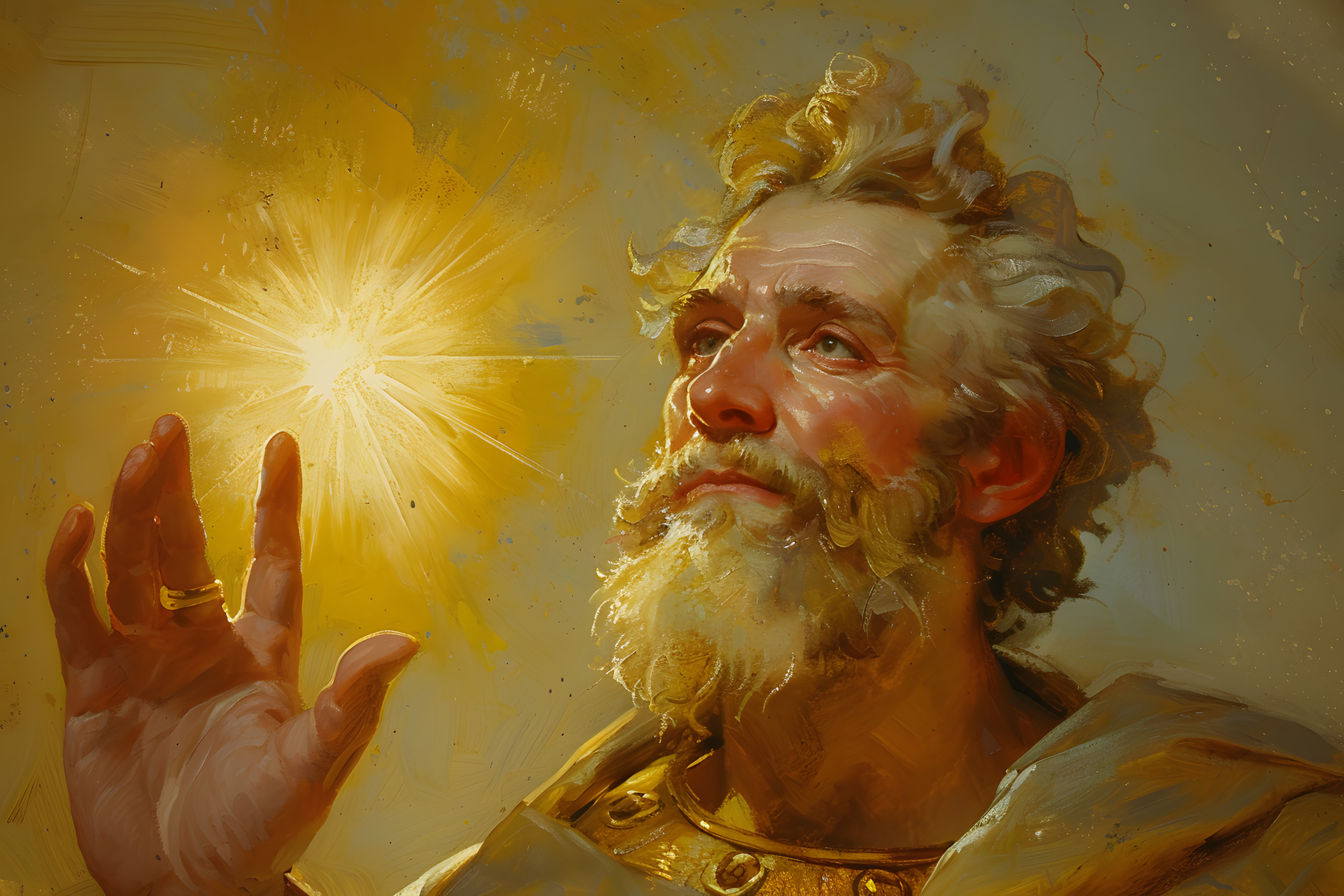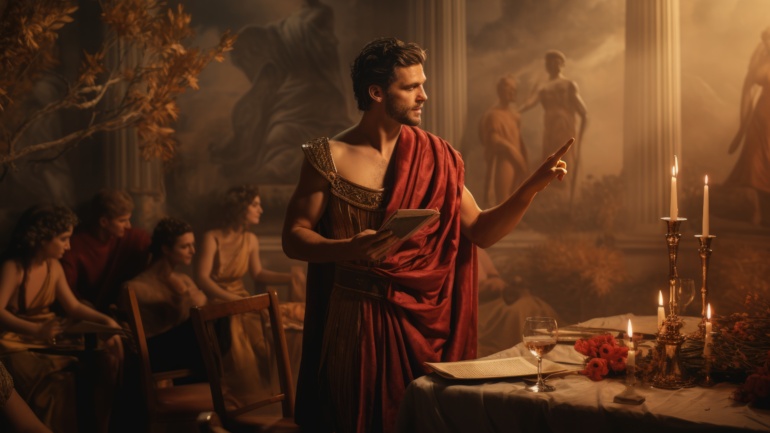The Grandfather, Father, and Uncle of the Renaissance
In the past two lessons, we discussed the “grandfather,” “father,” and “uncle” of the Renaissance: Dante, Petrarch, and Boccaccio. Today, let me introduce you to the first artist of the Renaissance—Giotto
Giotto: The Father of Renaissance Painting
- The First Artist of the Renaissance
Giotto is recognized as the first true artist of the Renaissance. Before his time, the concept of an “artist” did not exist. During the Middle Ages, works were anonymous, and painters were considered mere craftsmen rather than artists. It was because of Giotto that Florence began to take pride in its artists, and society’s admiration for artists started with him. His fame reflects a key Renaissance spirit—a focus on humanity. - Giotto’s Early Life
Born in 1266, just a year younger than Dante, Giotto was the son of a farmer in a small village near Florence. At the age of 10, he was drawing on stones outside his home when the renowned Florentine painter Cimabue happened to pass by. Cimabue was impressed by Giotto’s lifelike sketches of a flock of sheep and took him on as a disciple. Even as a child, Giotto’s talent was remarkable. One famous story tells of young Giotto mischievously painting a fly on one of Cimabue’s unfinished works. The fly was so realistic that Cimabue tried to swat it away, not realizing it was painted. - Revolutionizing Religious Art
At the time, painting was limited to religious subjects, continuing the medieval tradition of serving the Church. Giotto believed these works lacked artistic innovation. He was deeply influenced by the Franciscan Order, which emphasized human-centric, “motherly” compassion. This philosophy led him to depict saints in a more humanized manner rather than adhering to rigid conventions. - Giotto’s Masterpiece: The Lamentation of Christ
One of Giotto’s most famous works, The Lamentation of Christ, depicts the sorrow of the Virgin Mary after Christ is taken down from the cross. This fresco was commissioned by a moneylender for his family chapel. The painting demonstrates Giotto’s innovative techniques, such as foreshortening, the use of shadows, and a focus on realism. The shadows on the figures’ faces and the folds in their clothing mark a revival of ancient Greek realism through observation. This moment is often called Giotto’s “golden hour” in art. - Natural Gazes and Expressions
Giotto’s groundbreaking innovation was in the natural alignment of characters’ gazes. Compared to his teacher Cimabue’s work, where all figures stare directly at the viewer regardless of context, Giotto’s characters interact naturally. In The Lamentation of Christ, surrounding figures look towards the Virgin and Christ, while Christ gazes into the distance. Each figure is focused on their own role within the scene, creating a sense of authenticity and realism. - Expressive Depictions of Emotion
Giotto excelled in capturing genuine emotions. In the Middle Ages, “sadness” was often portrayed by adding a couple of token tears, without conveying any real feeling. However, Giotto’s Virgin Mary and Christ’s disciples are visibly grief-stricken, their expressions brimming with sorrow. By humanizing mythological figures and depicting them as real people, Giotto made a monumental leap in the art world, embodying the humanist and realist spirit of the Renaissance. Remove the halos, and the painting could depict a real human tragedy. - How to Distinguish Medieval from Renaissance Art
Giotto’s work offers a simple way to differentiate between medieval and Renaissance art. If every figure in a painting, regardless of what they’re doing, is staring directly at the viewer—even those with their backs turned—it is likely a medieval piece. In contrast, in The Lamentation of Christ, two figures in the foreground have their backs to the audience, naturally facing Jesus.
Giotto’s Frescoes
The Lamentation of Christ is a fresco, a type of mural painted on freshly applied lime plaster. As the plaster dries, the pigments become embedded in the wall, making the artwork durable and resistant to fading.
However, fresco painting posed challenges:
- The wet plaster made it difficult to add intricate details or patterns.
- Once the plaster dried, color discrepancies could occur, testing the painter’s skill.
- The water content in the plaster limited the saturation of the pigments, resulting in pastel tones. This wasn’t an artistic choice but a constraint of the medium.
Giotto’s work laid the foundation for Renaissance art, elevating painting from craft to art and inspiring generations of artists to come.


